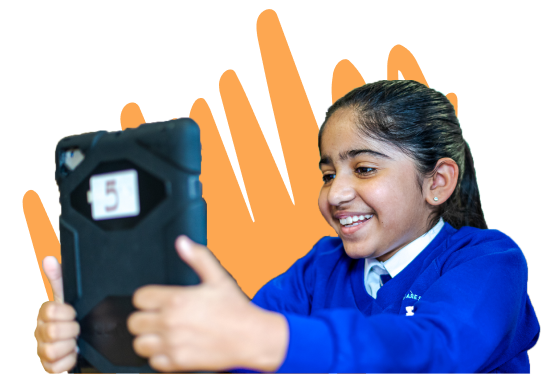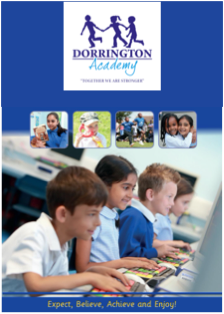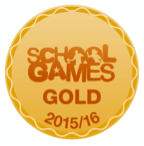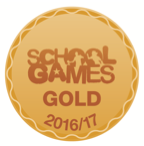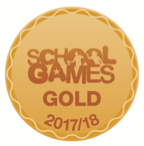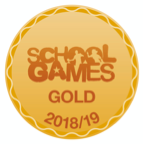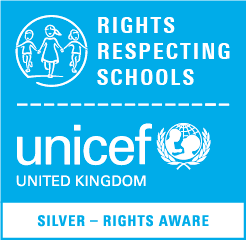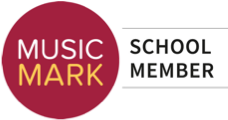Phonics at Dorrington Academy
Phonics is recommended as the first strategy that children should be taught in helping them to read and spell words. Phonics runs alongside other teaching methods at Dorrington Academy to help children develop vital reading skills and give them a real love of reading. At Dorrington Academy, we use Read Write, Inc as our phonic scheme.
Learning to read can be like cracking a code as the English Language is extremely complicated! Phonics allows children to be able to independently solve codes in order to read and spell words accurately. The children are taught 44 phonemes which are the smallest units of sound. Then the children are taught the corresponding graphemes which are the way in which these sounds are represented within writing. There are many different ways to write certain sounds too such as ay, ai, a-e, a etc. Phonics encourages children to look for patterns in words to allow them to be super spellers of the future.
In phonics lessons the children are taught three main concepts;
- GPCs (Grapheme Phoneme Correspondences)
GPCs simply means that children are taught all the phonemes in the English Language and ways of writing them down. - Oral Blending
The children are taught to blend sounds by merging the individual sounds together until they can hear what the word is. This is a vital reading skill. - Oral Segmenting
Segmenting is the opposite of blending! The children are able to say a word first and then break it up to the phonemes that make it up and they can hear. This is a vital spelling skill.
At Dorrington Academy we approach Phonics in a systematic, synthetic way and ensure that all the children have the opportunity to be successful within reading and writing. Within each and every lesson we use 5P’s as our main strategies for teaching – participation, praise, pace, purpose and passion, as they ensure that children remain focused on the lesson and engaged within their learning.
Children are also taught to read and spell ‘tricky words’ – words with spellings that are unusual. These include the words ‘to’, ‘was’, ‘said’ and ‘the’. ‘Tricky words’ are ones that the children know we cannot sound out so we just need to remember them which makes them tricky.
Phonics at Home
There are many great websites and apps to support phonics learning at home. Here are some of our favourites which the children may already be familiar with from school;
- www.phonicsplay.co.uk (Buried treasure, Dragons Den, Picnic on Pluto)
- www.ictgames.co.uk (The Dinosaur’s Eggs, Poop Deck Pirates, Forest Phonics, Sound Buttons)
- Youtube Video (This will help Parents with correct pronunciation of sounds)
- http://www.familylearning.org.uk/phonics_games.html
- http://www.bbc.co.uk/bitesize/ks1/literacy/phonics/play/
Phonics Vocabulary Help
- Phoneme
The smallest unit of sound. Phonemes can be put together to make words. - Grapheme
A way of writing down a phoneme. Graphemes can be made up from 1 letter e.g. p, 2 letters e.g. ch, 3 letters e.g. igh or 4 letters e.g. tion. - GPC
Grapheme Phoneme Correspondence. The skill of being able to match the written representation to the sound that they hear. - Digraph
A grapheme containing two letters that make just one sound – th, sh, ch, ay, ee, ie, ou, ow - Split digraph
A vowel grapheme containing two letters but which allow a ‘bossy’ letter to stand between them. This does not stop the two letters still making their sound – a-e make, i-e bike, o-e bone, u-e tune - Trigraph
A grapheme containing three letters that make just one sound – igh, ear, ure, air, tch, are, ore - Blending
This involves looking at the written word, looking at each grapheme using their knowledge of GPCs in order to match to the phoneme and merge together to read the word. - Segmenting
This involves hearing a word and splitting it in to individual phonemes by sounding it out. Again using knowledge of GPCs will allow children to make written representations of each sound allowing them to spell the word.
Upcoming Events
Events Calendar
19th July, 2024
Summer 2 Ends22nd July, 2024
Teacher Training Day
